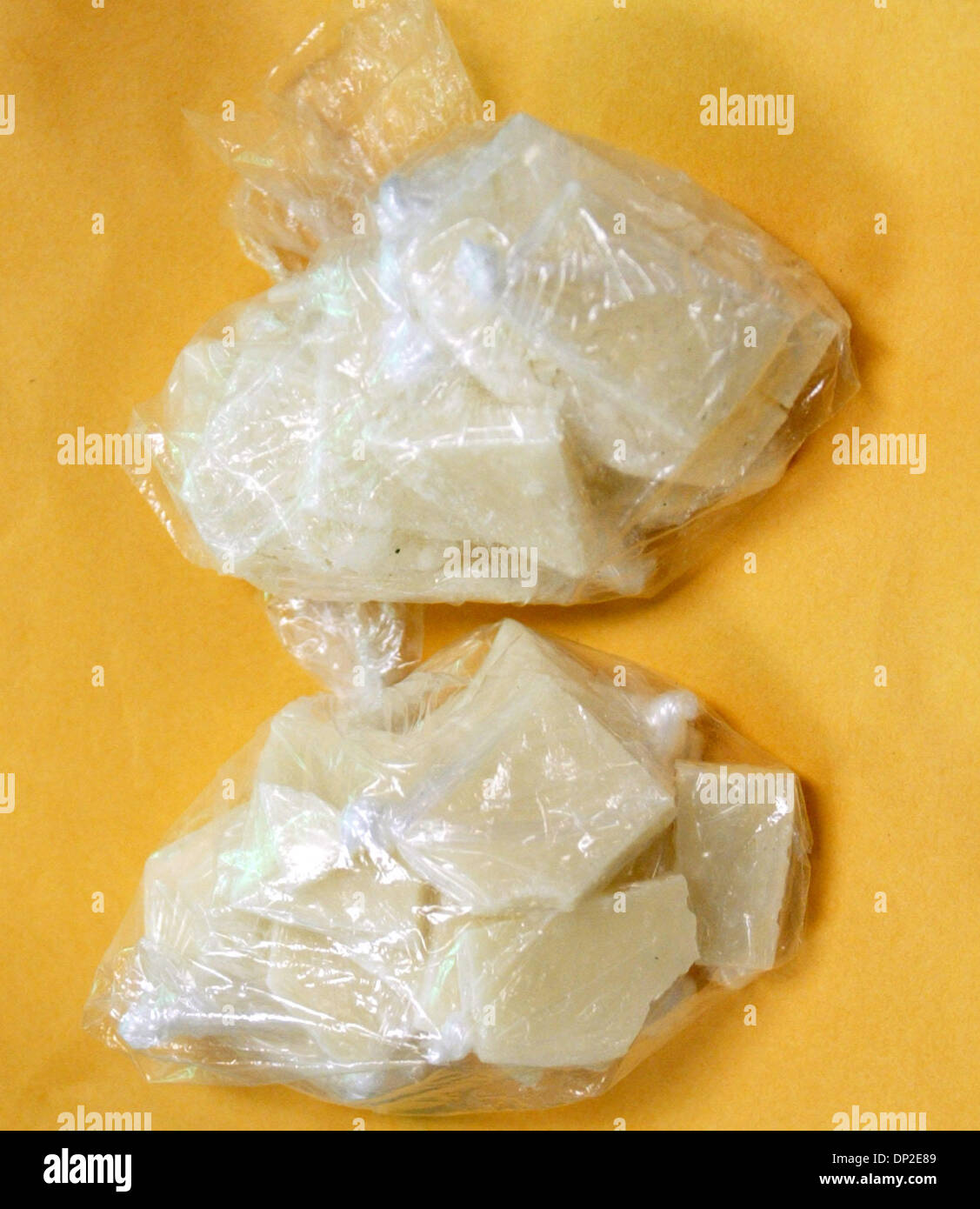

CORONA CRACK CRACK
The data for this new mosaic image was collected as NASA's sun-touching spacecraft, the Parker Solar Probe, made its 12th close pass of the star, racing through the outer limits of its corona and coming closer to the sun than any other craft ever had done before. Bruxing can damage fillings or crowns, or crack teeth.

This could eventually allow solar physicists to see the frequency of nanoflares, how they release energy, and thus whether they are responsible for coronal heating. Individual nanoflares are too faint to spot amongst the sun's light output, but NuSTAR can spot radiation from high-temperature material created by a lot of nanoflares happening in the same location at the same time. Regular flares don't happen frequently enough to heat the corona, but nanoflares may happen more regularly, perhaps often enough to cause this excess heating. The Corona VCR is too stiff and flat for. These are smaller than regular solar flares but like their larger cousins, also produce material hotter than the average temperature of the corona. The pointy, low-profile toe one of the best in the review easily fits into small pockets and thin cracks. The source of this unexpected heating may be nanoflares, small bursts of heat, and light in the sun's atmosphere. NASA says that because heat from the sun passes out from its core, this is as surprising as the air around a fire being 100 times hotter than the flames of the fire itself. Common theories of star composition suggest that deeper layers should be hotter, and this is true everywhere throughout the sun except when passing from the upper atmosphere, the corona, which can reach temperatures of up to 3.6 million degrees Fahrenheit ( 2 million degrees Celsius), to the photosphere below, which, at about 6,200 degrees F (3,700 degrees C) is up to 500 times colder.


 0 kommentar(er)
0 kommentar(er)
